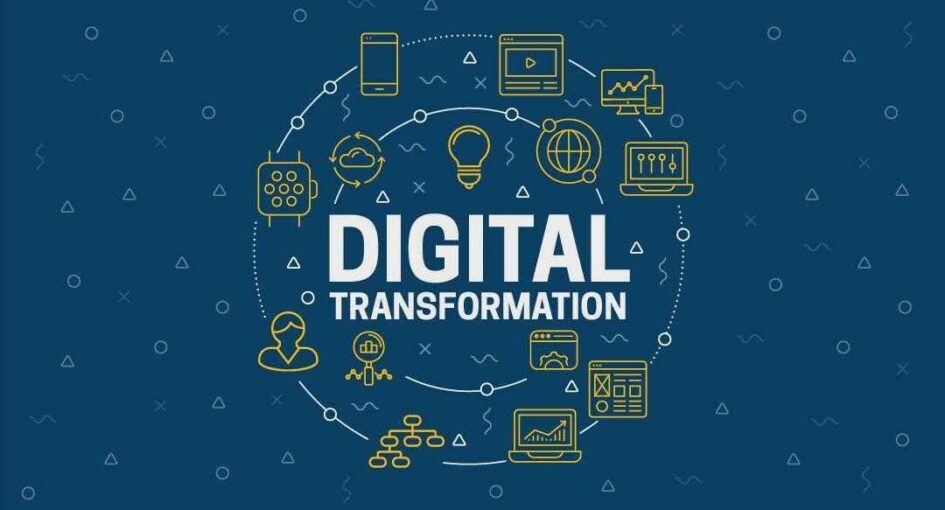
In today’s digital-first world, businesses can no longer rely on traditional methods to remain competitive, agile, and customer-centric. Digital transformation is not just a buzzword; it’s a necessity for businesses that want to survive and thrive in a tech-driven era. Whether you’re running a small business or managing a large enterprise, there are clear signs that indicate when it’s time to embrace digital transformation.
Here are 10 signs your business needs a digital transformation – and how IT can become your biggest ally in the process.
If your business still relies heavily on paper-based workflows, manual data entry, or multiple spreadsheets to get things done, it’s a clear sign you need to digitize. These outdated processes are time-consuming, error-prone, and inefficient.
How IT can help: Automation tools, cloud-based software, and integrated platforms can streamline operations, reduce manual work, and improve productivity across departments.
Customers today expect fast, personalized, and seamless experiences. If your business struggles to meet those expectations, you risk losing them to competitors who have already embraced digital solutions.
How IT can help: Implementing CRM systems, chatbots, mobile apps, and omnichannel communication tools can enhance customer engagement and satisfaction.
If your data exists in silos or you can’t easily generate insights from it, your decision-making capabilities are compromised.
How IT can help: Centralized data management systems and business intelligence tools can consolidate and analyze data, offering real-time insights that support smarter decisions.
If your competitors are innovating with new technologies and you’re still stuck with legacy systems, it’s time to reassess.
How IT can help: IT experts can help you adopt emerging technologies like AI, IoT, and cloud computing to create a competitive advantage and future-proof your business.
Businesses that couldn’t transition to remote work during the pandemic fell behind. If your infrastructure doesn’t support flexible work environments, your talent pool and business continuity are at risk.
How IT can help: Cloud platforms, collaboration tools like Microsoft Teams or Slack, and secure remote access systems make remote work seamless and productive.
Constant patchwork on old systems can be more expensive than investing in new digital solutions.
How IT can help: Modern IT infrastructure, cloud migration, and managed services reduce maintenance costs and enhance system reliability.
If your business has faced multiple security issues or if cybersecurity isn’t a top priority, you’re exposed to major risks.
How IT can help: Cybersecurity solutions like firewalls, data encryption, regular security audits, and employee training can protect your business from modern threats.
Employee burnout often comes from doing repetitive, low-value tasks. This hinders innovation and productivity.
How IT can help: Robotic Process Automation (RPA) and AI-powered tools can take over repetitive tasks, allowing your team to focus on strategic work.
If you’re still relying on traditional advertising and lack a strong online presence, you’re missing out on massive growth opportunities.
How IT can help: Digital marketing tools, SEO, social media platforms, and data-driven ad targeting can supercharge your marketing efforts.
As your business grows, your technology should scale with you. If your current systems can’t handle increased demand, you’ll eventually hit a wall.
How IT can help: Scalable solutions such as cloud computing, modular software architecture, and flexible APIs ensure that your tech grows as your business does.
Digital transformation is not an overnight change, but a strategic journey. Ignoring these signs can put your business at serious risk. The good news is that IT is no longer a back-office function – it is the driving force behind business innovation and growth.
Start by assessing your current systems, involving your team, and partnering with the right IT experts who can guide your transition. The earlier you start, the sooner you’ll see the benefits: better customer experiences, smarter operations, and long-term sustainability.
Remember, it’s not about being the most digital business overnight – it’s about becoming better, faster, and smarter with every step.